Though they first appeared in the mid-1980s, run flat tires (RFT) are now more popular than ever. With some auto manufacturers making them standard in new vehicles, more consumers are asking about run flats, their advantages, and how using them impacts driving.
Run flat tires are tires on which you can continue driving after a puncture so you can take time get to an auto shop or find a safe, level area to change your tire.
You can’t drive on them indefinitely, though. Check the manufacturer’s specifications to find out how fast and how far you can drive on your run flat tires. Bridgestone run-flat tires will allow continued operation even after a loss of some or all inflation pressure for up to 50 miles (80 km) at a maximum speed up to 50 mph (80 km/h.)
There are two primary types of run flat tire systems: the self-supporting system and the support ring system.
In most self-supporting run flat tire systems, the tire features reinforced sidewall construction that will continue supporting the vehicle in the event of air loss. This construction allows continued operation after the loss of air pressure up to the speed and distance specified by the manufacturer.
Support ring run flat tire systems, on the other hand, employ a ring of hard rubber or another structure that can support the vehicle’s weight in an air loss condition.
Since they continue performing even though they’re “flat,” all run flat tires, regardless of the specific system type, may only be used on a vehicle equipped with a Tire Pressure Monitoring System (TPMS). The TPMS alerts you as soon as one of your tires loses pressure. Without it, you might not know you were driving on an underinflated tire.
You don’t have to change your tire in dangerous or uncomfortable conditions. This is perhaps the biggest benefit of run flat tires and is the one of the reasons why they were designed.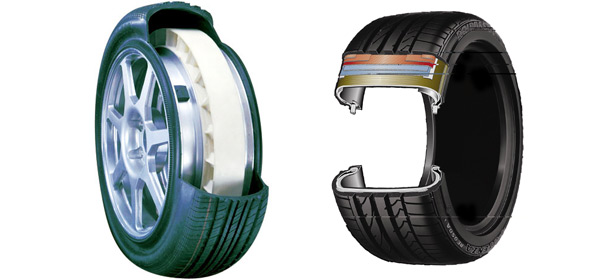 With conventional tires, you have to replace a flat on the spot or have your car towed.
With conventional tires, you have to replace a flat on the spot or have your car towed.
In a puncture situation, run flats are more stable than conventional tires. Since they’re made to support your vehicle even when they contain no air, run flat tires will help you maintain better control in a complete air loss situation than conventional tires.
As consumers continue rating safety high on the list of features they look for in a vehicle, the popularity of run flat tires is expected to grow. Since run flat tires work reliably with interconnected technologies like TPMS, it may only be a matter of time before they become the norm rather than the exception in new vehicles.
There’s never a good time for a flat. That’s why Bridgestone DriveGuard tires are masterfully engineered to keep you moving for up to 50 miles at speeds up to 50 MPH without disruption.
See Details Find Your Fit
There’s never a good time for a flat.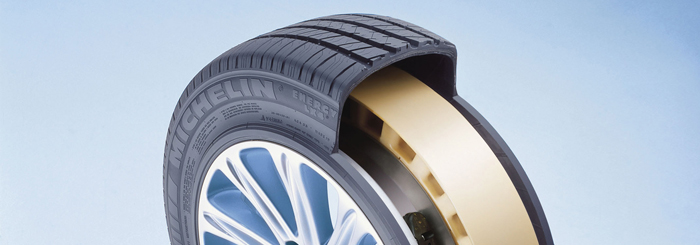 That’s why Bridgestone DriveGuard tires are masterfully engineered to keep you moving for up to 50 miles at speeds up to 50 MPH without disruption.
That’s why Bridgestone DriveGuard tires are masterfully engineered to keep you moving for up to 50 miles at speeds up to 50 MPH without disruption.
A flat tire is never a welcome occurrence and often appears at the worst place or time. You may think your only options are to wait for roadside assistance or struggle through putting the spare on. However, struggling through a dirty tire change, discovering you have no spare tire, or waiting prolonged periods for aid can be extremely frustrating.
Fortunately, with some forethought, you have another option. Run-flat tires have been around since the 1930s and allow you to continue driving, even when the tire goes flat. In theory, they enable you to drive far enough to make it to a service station. The question is: just how long can you drive on a run flat tire?
How long can you drive on a run flat tire? You can actually drive a fair distance. Most run-flat tires can make it 100 miles, but there are limits on how fast you can drive on one. Consult the owner’s manual for exact specifications on how fast and far you can make it.
Most run-flat tires can make it 100 miles, but there are limits on how fast you can drive on one. Consult the owner’s manual for exact specifications on how fast and far you can make it.
These are tires made with a reinforced sidewall capable of supporting a vehicle’s weight even if the tire has a total loss of air pressure. This means you can get a flat tire but still continue driving, just not for much longer. This also means you do not have to stop on a busy highway, in inclement weather, or in other unsavory conditions to fix a flat.
Here are some other features and must-knows for these type of tires:
If your tire goes flat, you will have to reduce speed to 50 miles per hour in order to maximize the distance you can cover. To know the exact limits for your vehicle and tires, check your owner’s manual.
A blowout on the road can be terrifying and result in destabilization as the car reacts to the sudden change. With run-flat tires, you can expect to drive with better stability. Since it is designed to support the vehicle’s weight for miles without air, the sudden deflation will cause less tread destabilization and weight transfer as the car adjusts. You can expect handling and steering to remain rather stable from blowout to repair.
With run-flat tires, you can expect to drive with better stability. Since it is designed to support the vehicle’s weight for miles without air, the sudden deflation will cause less tread destabilization and weight transfer as the car adjusts. You can expect handling and steering to remain rather stable from blowout to repair.
Another feature of this type of tire is the lower vehicle weight. You will not carry tire repair tools or a spare wheel, so overall weight is reduced. However, the added sidewall reinforcement of run-flats means that the weight may not decrease as much as you expect.
There are two types of run-flat systems: support ring and self-supporting systems.
The support ring has a ring of hard rubber or another firm structure to support the vehicle’s weight if air loss occurs.
The self-supporting system has reinforced sidewall construction to continue supporting the vehicle in the case of a flat. It permits continued operation without sufficient air pressure for the specified distance and speed provided by the manufacturer.
An important note is that both types of systems require a Tire Pressure Monitoring System (TPMS) that is typically equipped in the vehicle. The TPMS is required to monitor air pressure and alert you of lost pressure. Without the system, you may not know if you are driving on an under inflated or flat tire. The good news is that every vehicle manufactured since 2008 has some sort of TPMS built-in thanks to the TREAD Act.
These days, run-flat tires are standard on roughly 14% of new vehicles. To find out if your car is equipped with this type of tire, consult the owner’s manual or the car dealer where you procured the vehicle.
There are two things to know if a run-flat tire goes flat: 1) slow down and 2) stop soon. You can theoretically make it up to 100 miles on a flat run-flat, but you certainly do not want to tempt fate. Instead, use that extra time to put air in car tires or get to the nearest service station for professional assistance. Be sure to keep the speed at around 50 mph or less as increased speed will increase the chances of injury.
Be sure to keep the speed at around 50 mph or less as increased speed will increase the chances of injury.
Consider checking: How To Pump Tires At Gas Station
When it comes to how long you can drive on a run flat tire, the answer is far enough to get you to safety. The typical answer is 100 miles if you follow the 50 miles per hour rule of thumb. Generally, you will only want to drive long enough to get to the aid you require.
Did you find our guide interesting? Then feel free to check out:
How To Fix A Flat Tire
How Far Can I Drive With A Flat Tire
How Long Can You Drive On A Run Flat Tire
How To Tell If Tires Are Run Flat
How To Put Air In Dually Tires
How To Use An Air Compressor To Fill A Tire
Reading time of the article: 5 minutes
Save to bookmarks
Various troubles can happen to a car on the road and a rubber puncture on a car is a common case.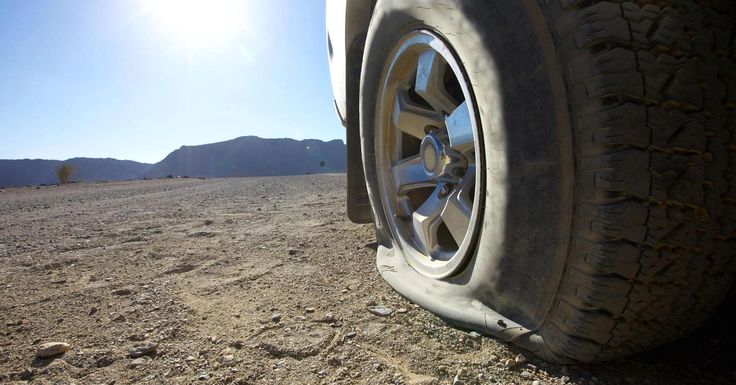
The absence of a spare wheel or a standard "roll-in" seriously complicates the situation. If the driver has the skills, you can put a temporary patch on the puncture, otherwise you will have to order a tow truck.
We recommend that you carry a spare wheel, a repair kit for various occasions, and the necessary tools, then you can get out of any traffic situation with dignity. If all this is not there, then you can drive a short distance to a service station or tire fitting on punched rubber. We are not talking about hundreds of kilometers of travel, we are talking about a short distance.
Leakage of air from a car tire can occur in different situations. At the same time, punching is not necessary, there are other unforeseen and unpleasant situations. Most common:
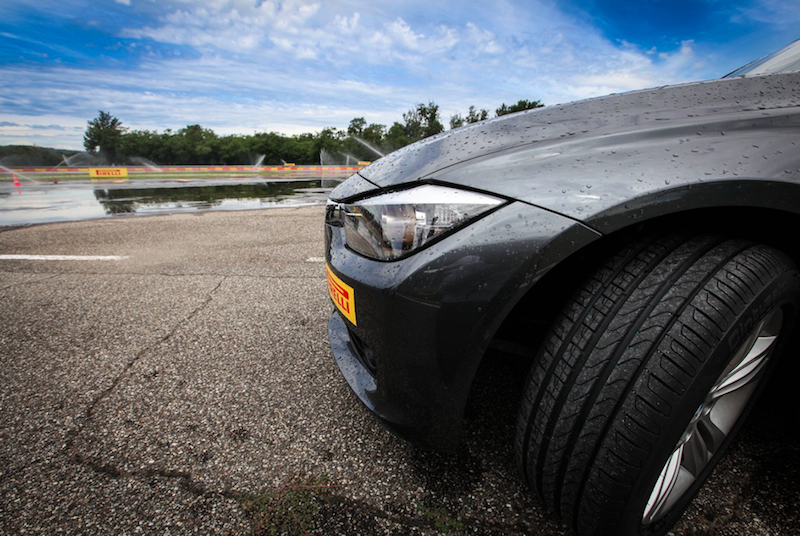 In this situation, if a puncture is detected, you can slowly drive to the tire shop, after pumping up air.
In this situation, if a puncture is detected, you can slowly drive to the tire shop, after pumping up air. Potholes or bumps in the road can be a serious problem. Hitting such an obstacle at high speed can lead to deformation of the car disk, subsequently to damage to the rubber. Very serious damage, which is impossible to fix on your own, without the use of special equipment, you need to go to a tire service.
Very serious damage, which is impossible to fix on your own, without the use of special equipment, you need to go to a tire service.
Use of used car tires - follow manufacturer's specified service life. Otherwise, the wheel may deflate due to high wear. There is a risk of explosion directly during operation.
Problems exist with tubeless tires - the fitting sometimes does not fit well on the disc, air leaks occur.
The main causes that lead to damage to car tires and air leakage are indicated. Whether it is possible to drive on a flat tire is determined by the driver himself, taking into account his experience and capabilities.
Driving with a flat tire is not recommended. Driving a car is significantly more difficult, there is a risk of getting into an accident, creating a threat to other road users.
Among the main problems that driving with low tire pressure can cause are:
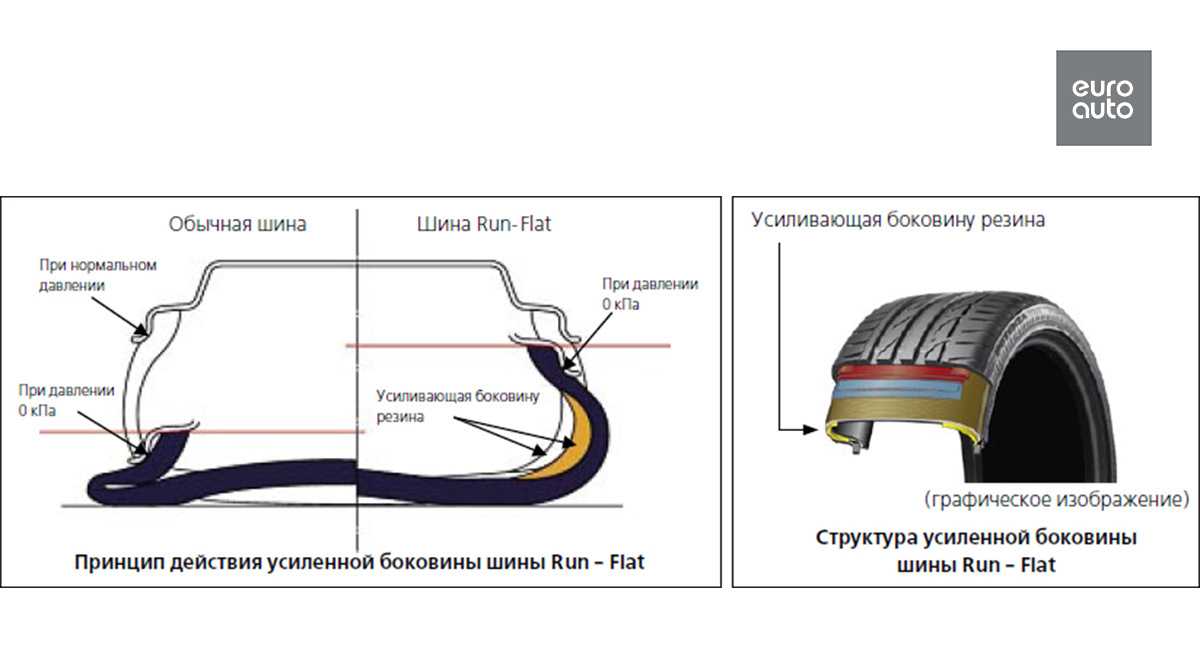
A flat tire is a serious hazard. Each driver must understand this and take all necessary measures to eliminate the problem. In no case should a puncture be ignored, at high speed the situation can completely get out of control. The ideal would be to replace the wheel with a spare, repair at the nearest tire shop.
A car tire is a complex system. Consists of different elements. Manufacturers use special technologies and materials to provide the declared driving characteristics of the car. The special pattern on the main part of the tire has its own functionality, and does not serve solely for beauty. Any deviation from the norm leads to a decrease in the functionality of the tire, respectively, the car loses its qualities. Its use becomes unsafe until the problem is solved.
Winter Drive protection
Tires Goodyear UltraGrip Arctic 2 SUV
Winter Drive Protection Sound Comfort
Rating:
4.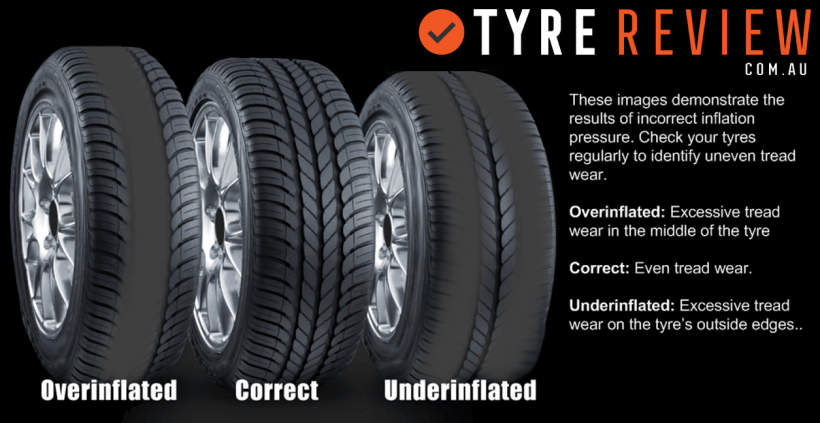 5
5
Tires Goodyear UltraGrip Ice 2
Winter Drive protection
Tires Goodyear UltraGrip Performance+ SUV
Winter Drive protection
Tires Goodyear UltraGrip Arctic 2
Winter Drive Protection Run On Flat Sound Comfort
Tires Goodyear UltraGrip Performance+
It should be noted that under no circumstances should you drive with a completely flat tire.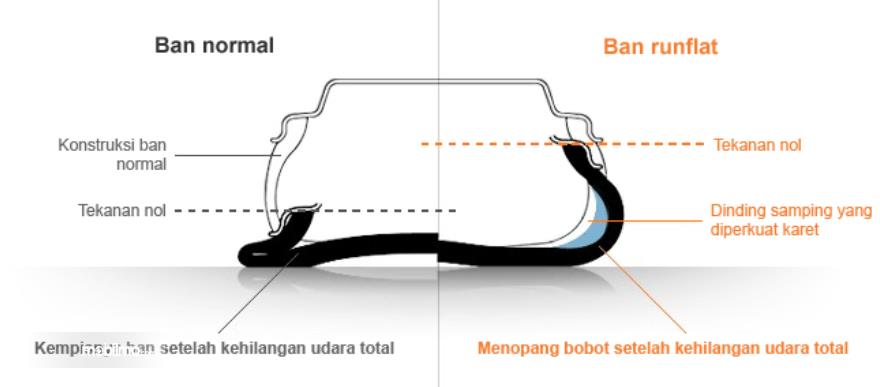 The situation can get out of control of the driver at any time, the tire will fly off the disk, he will receive damage that will lead to new problems. It's best to call a tow truck, no matter the cost.
The situation can get out of control of the driver at any time, the tire will fly off the disk, he will receive damage that will lead to new problems. It's best to call a tow truck, no matter the cost.
An exception to the rule may be a tire that still has some air left in it. You can try to get to a service station or tire fitting. You can also try to inflate the tire to give yourself more time.
Low pressure driving is possible subject to the following rules:
The average distance allowed to drive with a half-flat tire is 10 kilometers. This is only allowed if the above rules are observed.
Delays in dealing with low tire pressure, punctures or other damage will result in negative consequences.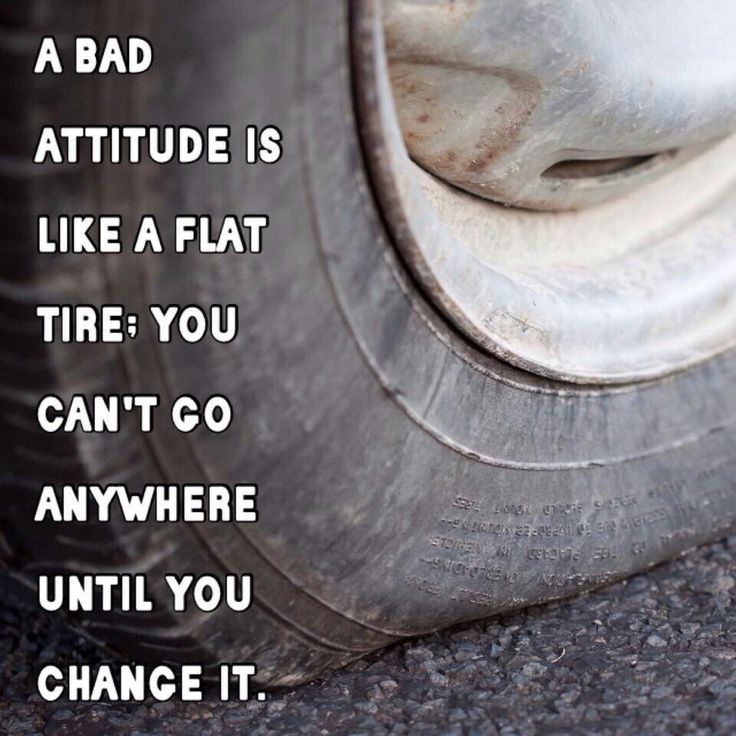 The following systems may experience problems:
The following systems may experience problems:
A vehicle with flat tires is a hazard to other road users and its driving characteristics are affected.
It must be understood that movement with insufficient pressure leads to deformation of the rubber. You run the risk of completely damaging the tire, subsequently replacing it with a new one. Therefore, the decision to drive on half-flat tires must be made carefully, carefully evaluate all the consequences and alternatives. For example, estimate the cost of replacing, repairing other damage with the price of a tow truck or calling a mobile tire fitting team.
For example, estimate the cost of replacing, repairing other damage with the price of a tow truck or calling a mobile tire fitting team.
The maximum speed on a car with a half-flat tire depends solely on the characteristics of the tires, the type of vehicle, and other nuances. When accelerating to a speed of more than 30 km / h, complete disassembly is possible, the tire flies off the disk.
We recommend that you have a spare wheel with you, which is supplied with the car by the manufacturer, a repair kit. You will be able to revive the wheel for a while, it will not deflate and it will be possible to get to the tire fitting.
Related materials
2 sets of wheels or overboarding - which is more profitable?
Inflate the tire to three atmospheres and move off. After 3-5 minutes of travel, stop and check how much the pressure has dropped. At about one, grab the pump again.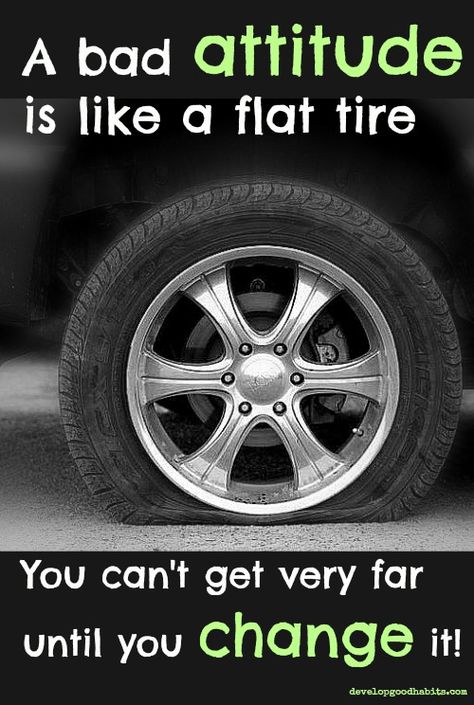 And so on until you reach the right place.
And so on until you reach the right place.
At a speed of 40 km/h on smooth asphalt with a flat tire, you can safely drive about 2 km. Moreover, most likely, after such a feat, the tire will be able to be pumped up and operated further.
An extra ten meters will not make the weather. After all, it is not clear how much you have already traveled on an "empty" wheel. So don't stop in the middle of the road. It is better to smoothly turn to the side of the road, and if there is a side platform within sight, slowly reach it.
Related content
8 studded tires: test on ice
For example, a sidewall puncture has occurred. There is nothing to lose - it will not be possible to reanimate the tire for further operation. But you can stretch 40 km / h from a dozen kilometers to a tire fitting.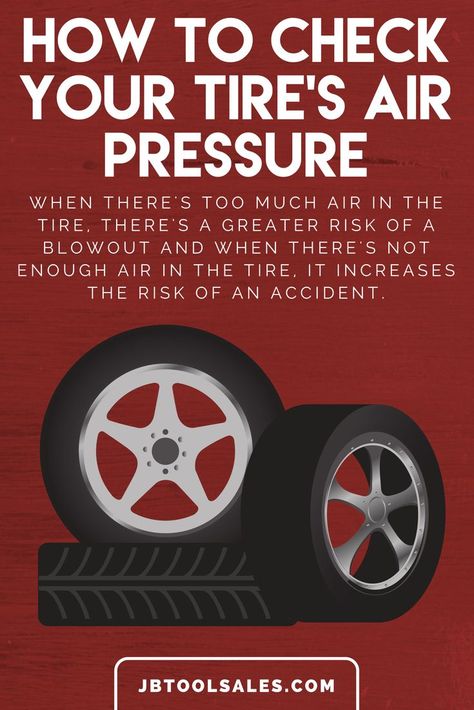 Be careful: closer to 15 km, the tire will start to smoke, crunch and fall apart. "Debris" can damage the apron, locker or bumper plastic. It's better not to bring it up.
Be careful: closer to 15 km, the tire will start to smoke, crunch and fall apart. "Debris" can damage the apron, locker or bumper plastic. It's better not to bring it up.
Related materials
7 ways to "shoe" you in change shoes
The colder it is outside, the longer it will take the tire to reach critical temperature and the further you will drive. But in the heat, the tire warms up faster, which means that the range will be reduced.